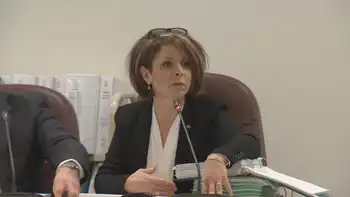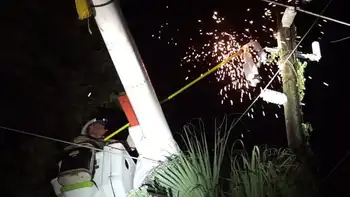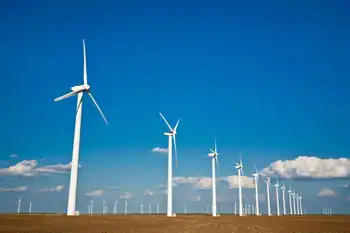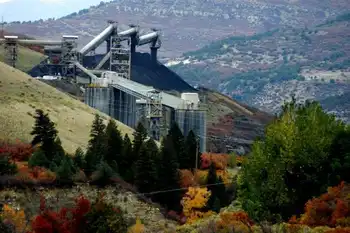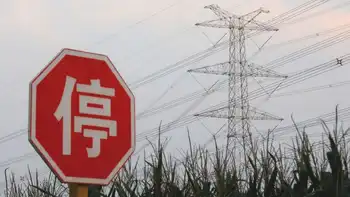Wal-Mart unveils “green” demonstration store
By CNN.Money.com
Protective Relay Training - Basic
Our customized live online or in‑person group training can be delivered to your staff at your location.

- Live Online
- 12 hours Instructor-led
- Group Training Available
The Canadian division of Wal-Mart Stores Inc. is billing its new supercenter in Burlington, Ont. as an "environmental demonstration store," the second in a line of marquee projects from the retailing giant after the September launch of its new zero-waste head-office outside Toronto.
The highlight of the Burlington project is its use of a geothermal technology that the company is calling a "first" for any large-scale Canadian retail operation. The system uses 15 kilometers of piping under the parking lot to exchange heat from the earth into the store in winter. In summer, heat from the store is returned underground.
A machine called a "spider plough" was used by Canadian engineering firm Stantec Inc. to lay the massive amount of plastic piping for the system, helping to reduce costs.
In an interview immediately following a store tour, David Cheesewright, Wal-Mart Canada's president and chief executive, said some of the store's environmental features will work and some won't, but he likes the odds of using the geothermal system elsewhere. He said the costs have already come down significantly - to about $500,000 from $1 million - and are expected to be cut in half again.
"It's quite easy to see how it could be a viable business proposition for us," Cheesewright said.
He said sustainability is a business philosophy for the entire company and remains a priority despite the economic downturn.
In the U.S., Wal-Mart has similar "living laboratories" at stores in Texas and Colorado. As with those stores, Wal-Mart Canada will use the Burlington location to test features before deciding what makes sense to incorporate into the rest of its 300-plus store network.
The Burlington store, which at 129,000 square feet is significantly smaller than the average Canadian supercenter, boasts several energy-saving features. They range from having one entrance instead of two and using LED lights inside and out, to the installation of a complex "daylight harvesting" system that controls light levels in the store based on skylight sensors.
Wal-Mart estimates the store will use 60% less energy than its typical stores and will be able to divert 85% of its waste from landfill.
Because the store's sustainability features aren't easily apparent to customers, the company has a large sign near the entrance listing its environmental attributes.
Below the sign is a recycling depot that will accept, in addition to bottles and newspapers, such items as CFL bulbs and plastic bags.
Other interesting features include the refrigeration system, which uses non- traditional refrigerants that are 90% more environmentally friendly. Waste heat from refrigeration is also reclaimed and used to heat the rest of the store. Refrigerator and freezer cases can be covered at night to lock in the cool temperatures and are equipped with motion-activated LED lights to save energy during the day.
The store also has in-floor radiant heating and cooling, and sources 100% of power from Bullfrog Power, a provider of "green" electricity in Ontario and Alberta.
Starting later this year, all new Wal-Mart Canada stores will be 30% more efficient, and over the next four years, retrofits will make existing stores 20% more efficient.
Customers will notice the green products, including 800 organic food items, green cleaning products under its new private-label brands, CFL bulbs for all parts of the home, and leaner product packaging.





